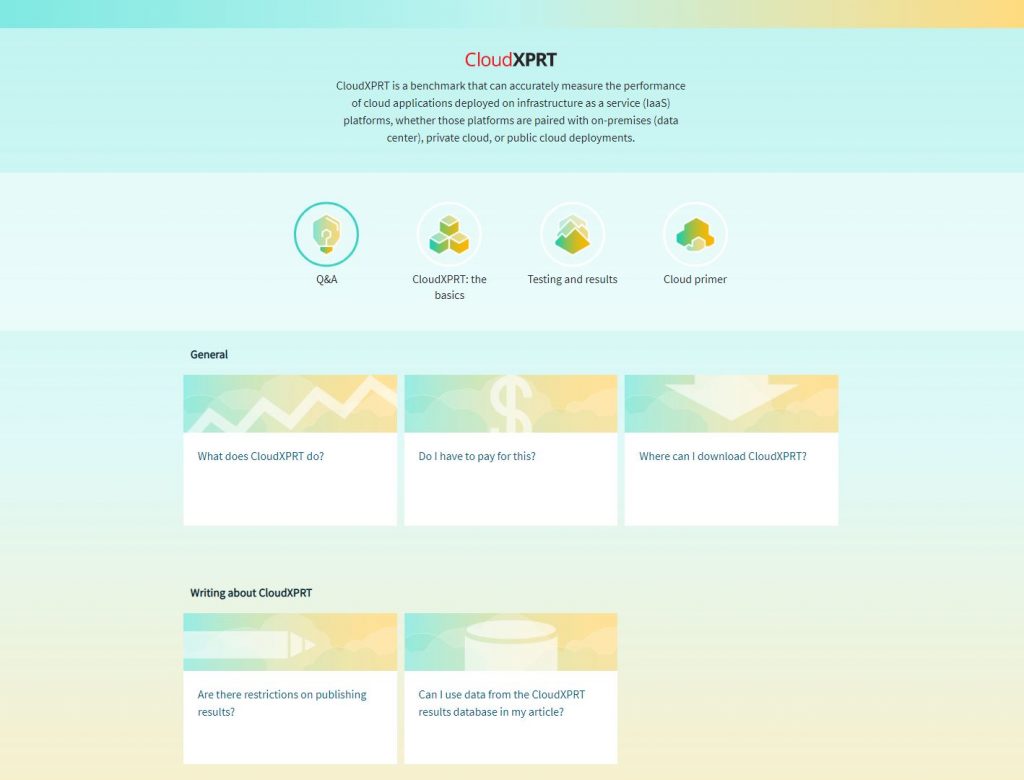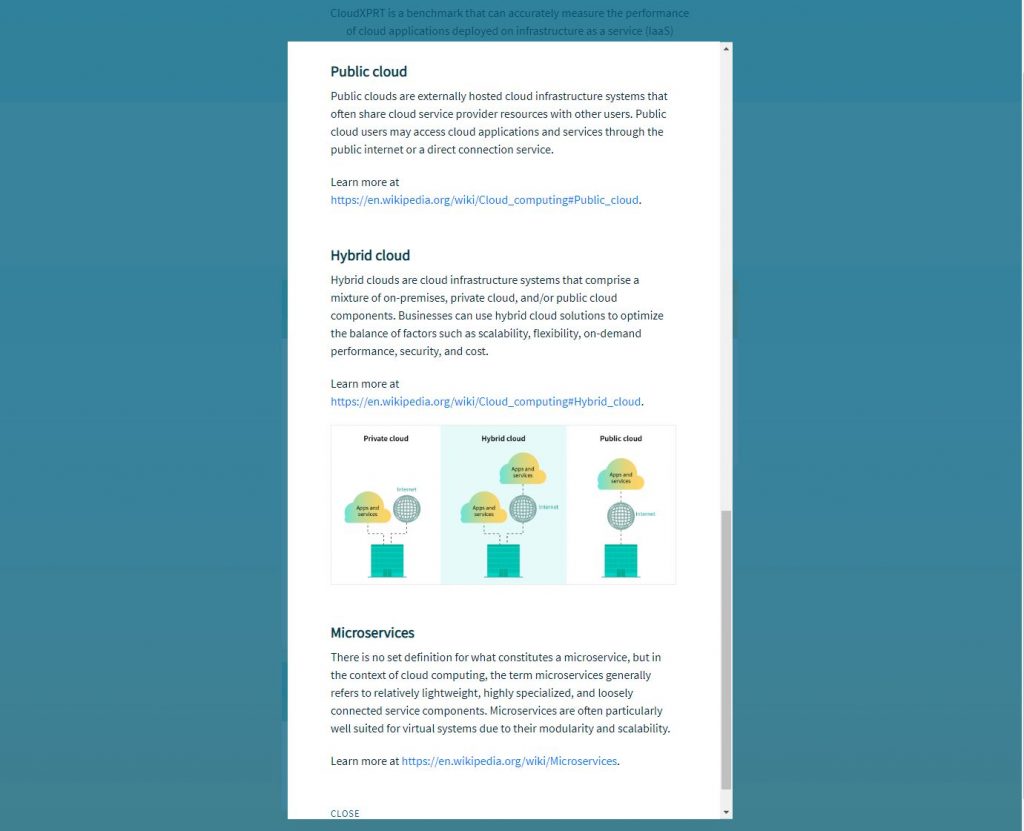Today, we expand our portfolio of CloudXPRT resources with a paper on the benchmark’s data analytics workload. While we summarized the workload in the Introduction to CloudXPRT white paper, the new paper goes into much greater detail.
In addition to providing practical information about the data analytics installation package and minimum system requirements, the paper describes the workload’s test configuration variables, structural components, task workflows, and test metrics. It also discusses interpreting test results and the process for submitting results for publication.
CloudXPRT is the most complex tool in the XPRT family, and the new paper is part of our effort to create more—and better—CloudXPRT documentation. We plan to publish additional CloudXPRT white papers in the coming months, with possible future topics including the impact of adjusting specific test configuration options, recommendations for results reporting, and methods for analysis.
We hope that the Overview of the CloudXPRT Data Analytics Workload paper will serve as a go-to resource for CloudXPRT testers, and will answer any questions you have about the workload. You can find links to the paper and other resources in the Helpful Info box on CloudXPRT.com and the CloudXPRT section of our XPRT white papers page.
If you have any questions, please let us know!
Justin














